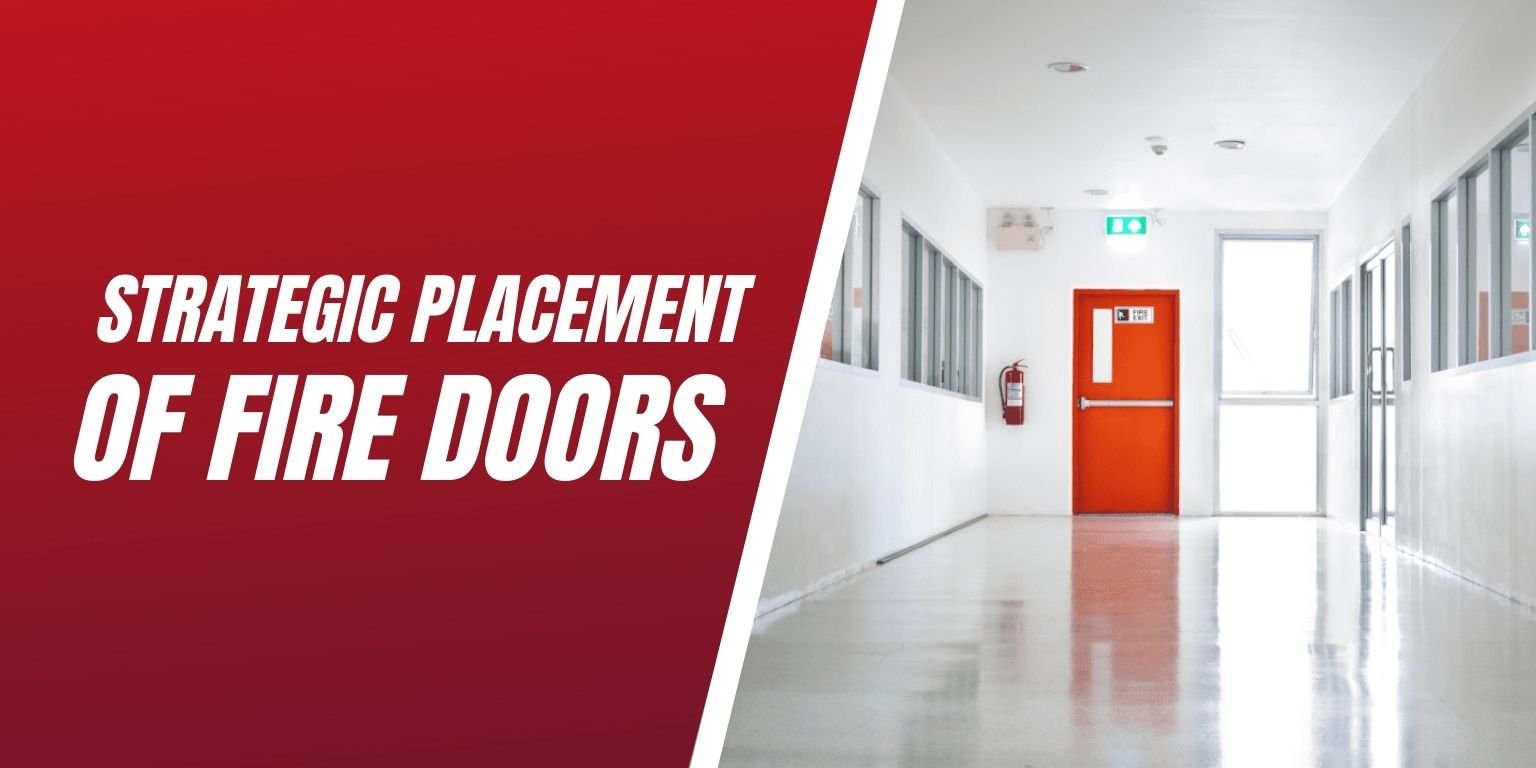
Fire doors are critical components of any building fire safety plans as they are designed to compartmentalize areas within the building and will prevent the spread of fire and smoke in the event of a fire. These safety components save lives and allow extra time for occupants to evacuate and remain unharmed from the flames and toxic fumes.
While in the early design and construction process of new facilities, determining where fire doors should be placed within the floorplan is an important discussion that needs to take place in order to make an informed decision that ultimately could one day save lives in the event of a fire emergency. General contractors are consumed with multiple projects at one time and can lead to fire safety mistakes being made within the overall plans. Finding an experienced contractor that is educated in inspection and code requirements is imperative. Fully understanding the commissioning process will assist you in selecting the best contractor.
What is commissioning? “The basic purpose of building commissioning is to provide a quality-based process with documented confirmation that building systems are planned, designed, installed, tested, operated, and maintained in compliance with the owner’s project requirements. Commissioning of existing systems may require the development of new functional criteria in order to address the owner’s current systems performance requirements”. – The Building Commissioning Association (BCA)
Fire Safety Commissioning
There are a couple different types of commissioning that is offered, depending on the current state of your facility. Regardless of the stage your facility is in, commissioning is so important in the construction and design phase.
- Commissioning is simply a quality-based service that begins during the design and continues through the construction, occupancy and building’s operational phase. Commissioning supplies the building owner with documented confirmation that the new building system is planned, designed, installed, tested, operated and maintained in compliance with the owner’s requirements. Nevertheless, facilities endure significant changes over the years with construction projects and renovations resulting in alterations to the original design of the life safety systems. In this case, the life safety system needs to be commissioned once again to ensure the system is safe for years to come.
- Retro-commissioning is part of the commissioning process done to existing buildings. It can resolve any problems that have happened during the design or construction of the building. It may also address any issues that have developed through the years. Overall, retro-commissioning improves the operations and maintenance of a building’s services.
- Re-commissioning is another part of a building’s commissioning process that occurs to a building undergoing a new commissioning process. A building may be going through a new commissioning process that could be due to a change in the building’s ownership or use.
Commissioning Code
- According to The Building Commissioning Association (BCA), “the basic purpose of building commissioning is to provide a quality-based process with documented confirmation that building systems are planned, designed, installed, tested, operated, and maintained in compliance with the owner’s project requirements. Commissioning of existing systems may require the development of new functional criteria in order to address the owner’s current systems performance requirements”.
- According to The National Fire Protection Association (NFPA) 3, interconnected life safety systems (both active and passive fire protection systems), shall be tested after the initial commissioning process to ensure the fire safety system remains operational and that they work together as intended in the event of a fire.
The Pivotal Role of Fire Dampers
Don’t let fire dampers slip on the priority list as these are also strategically placed throughout a building to prevent fire and smoke from spreading. These components also assist in compartmentalizing areas in the event of a fire emergency to allow more time for occupants to escape. Modern construction materials burn faster than older materials which is why including dampers into the construction planning discussion is vital. There is a lot of strategy that goes into the commissioning process, each component being equally important.
An Effective Fire Safety Plan
A building owner must have the confidence that their building’s fire and life safety systems were installed correctly. Protecting the occupants of the building is too important to skip the due diligence of commissioning. LSS Life Safety Services is committed to working with independent commissioning agents, bonding companies, consultants, and general contractors during this process. For further information or a quote to commission your facility, contact us today.

